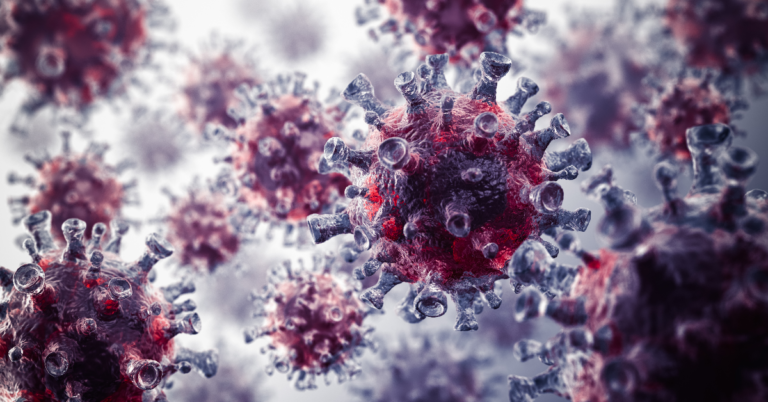The recent outbreak of avian influenza (bird flu) has extended beyond poultry farms, raising concerns for livestock farmers. While the risk of transmission to humans remains low when proper precautions are taken, protecting your animals and your livelihood is paramount. This article equips you with essential information and biosecurity measures to minimize the risk of bird flu entering your farm.

by bing.com
Understanding the Threat:
Bird flu primarily infects birds, but it can occasionally jump species through indirect contact or exposure to infected birds or contaminated materials. Wild birds, rodents, and insects can act as carriers, spreading the virus from farm to farm. Early detection and proactive biosecurity measures are crucial to prevent an outbreak on your farm.
Biosecurity Essentials: Your Farm’s First Line of Defense
Biosecurity refers to practices that minimize the risk of disease introduction and spread. Implementing these measures creates a protective barrier for your animals:
- Perimeter Control: Restrict unauthorized access to your farm. Consider fencing, signage, and controlled entry points.
- Vehicle Sanitation: Establish designated wash areas for all vehicles entering and leaving the farm. Disinfect tyres and undercarriages to prevent the spread of contaminated material.
- Footwear Hygiene: Provide workers and visitors with disposable boot covers or disinfect footwear before entering animal enclosures.
- Rodent and Pest Control: Implement a robust rodent and pest control program to minimize the risk of these animals carrying the virus onto your farm.
- Wild Bird Management: Minimize opportunities for wild birds to come into contact with your farm animals. Discourage them from congregating near feed storage areas or animal enclosures. Techniques like netting and scare tactics might be helpful.
- Dedicated Equipment: Use dedicated equipment for each animal group to minimize cross-contamination between flocks or herds. Disinfect equipment thoroughly after each use.
Vaccination:
While not always available for all types of livestock, vaccination can be a valuable tool in preventing bird flu infection. Consult with your veterinarian to determine if vaccination is an option for your animals.
Vigilance and Monitoring:
Early detection can significantly mitigate the impact of an outbreak. Be observant of your animals’ health and report any unusual signs like:
- Sudden decrease in appetite or water intake
- Respiratory problems (coughing, sneezing)
- Lethargy or weakness
- Diarrhea
- Swelling of the head, neck, or eyelids
- Purple discolouration of the wattle and comb (in poultry)
Communication and Reporting:
Maintain open communication with your veterinarian and local animal health authorities. Report any suspected cases of bird flu immediately. This will allow for prompt investigation and implementation of control measures to prevent further spread.
Biosecurity is an ongoing process, not a one-time fix. Consistent implementation of these measures is crucial for safeguarding your farm from the threat of bird flu. By being proactive and vigilant, you can protect your animals, your livelihood, and contribute to the overall control of the outbreak.
Additional Resources:
- United States Department of Agriculture (USDA) Animal and Plant Health Inspection Service (APHIS): https://www.aphis.usda.gov/livestock-poultry-disease/avian/avian-influenza/hpai-detections
- National Poultry Improvement Plan (NPIP): https://www.aphis.usda.gov/nvap/reference-guide/poultry/npip
By working together and implementing these biosecurity measures, we can minimize the spread of bird flu and ensure a healthy and productive agricultural sector.



